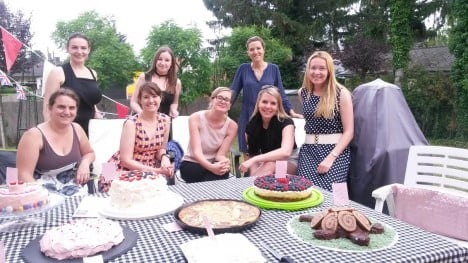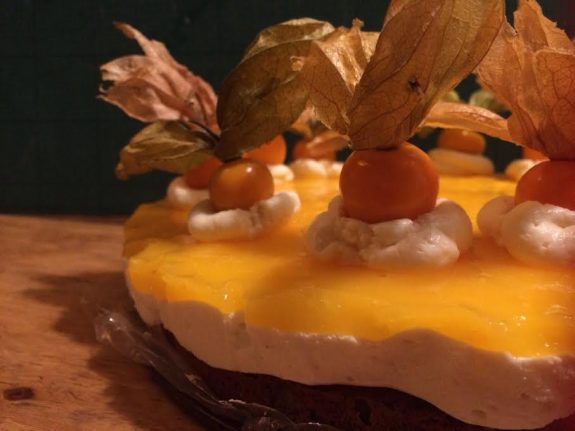Vienna is famous for its wonderful Konditoreien (patisseries or cafes specialising in pastries and cakes) where people of all ages go to enjoy Kaffee und Kuchen in the afternoon and on weekends.
Almost as sacred as the Japanese tea ceremony it's a real Viennese ritual. And once you’ve figured out your Topfenstrudel from your Gugelhupf you might want to try and create some of these sweet creations. The Local caught up with Emma Boon, originally from the UK, who started a branch of the Clandestine Cake Club in Vienna.
What is the Clandestine Cake Club and who can become a member?
We are all about cake! We bake it, we eat it, and we talk about it. The Clandestine Cake Club was originally started in the UK. The individual clubs meet in secret locations all over the world.
I started the Vienna branch in June 2015 and we currently have 33 members. There is a theme each month – and we all bake a cake inspired by that theme. The membership is free and open to both men and women, and all nationalities. All level of baking abilities are welcome. I am a complete beginner and have my usual disasters but I am OK with that because you can only improve by practising each month. Cakes are not judged, thankfully! New members can join via clandestinecakeclub.co.uk. We also post a monthly blog on this website, along with photographs of each of the Vienna meetings.
How often do you meet?

Photo: Emma Boon
We meet once a month, usually in a member's home. But we're looking for new venues for the coming year. These could be something like a book shop, a coffee shop or cafe, or a recreation room. If we were to meet in a coffee shop, for example, we would bring along our themed cakes but we would purchase our refreshments from the venue as a thank you for allowing us to use their premises. Plus, the coffee shop may gain a few extra regular customers.
What brought you to Vienna?
I came to Vienna with my husband as he was offered an exciting position here. He still loves the job four years later. I'm an accountant and work at the International Atomic Energy Agency. We live with our two rescued cats in the 22nd district near the Hirschstetten Blumengärten and the Badeteich Hirschstetten. We would not want to live anywhere else in Vienna! The Blumengärten has the best Christmas market, with lots to do for both adults and children.
Why do you love cake so much?
I think it's that wonderful homely, almost nostalgic feeling of slicing into a cake. For me, the perfect accompaniment is a lovely cup of tea. It has to be home-made cake and not factory-made to be a real cake. You cannot beat the taste of someone's hard work and love that has gone into making a cake. There are so many flavours and so many techniques. I love trying new cakes but my all time favourite has to be a traditional carrot cake with cream cheese frosting.
What do you enjoy most about life in Vienna?
People! I enjoy being around so many different nationalities. I love that we have such a diverse group of people that come along to the Clandestine Cake Club and bring their local bakes with them. I enjoy the ease of public transport here and especially travelling on the old trams. Vienna is located centrally in Europe which means we can travel easily to so many interesting cities. And I like the parks – my favourite is Türkenschanzpark (in the 18th district). I particularly love the fact that dogs can pretty much go anywhere with their owners here. Seeing dogs get pushed around in their own doggy-mobiles still makes me smile. I've even seen a few cats going for a walk on a lead.



 Please whitelist us to continue reading.
Please whitelist us to continue reading.
Member comments